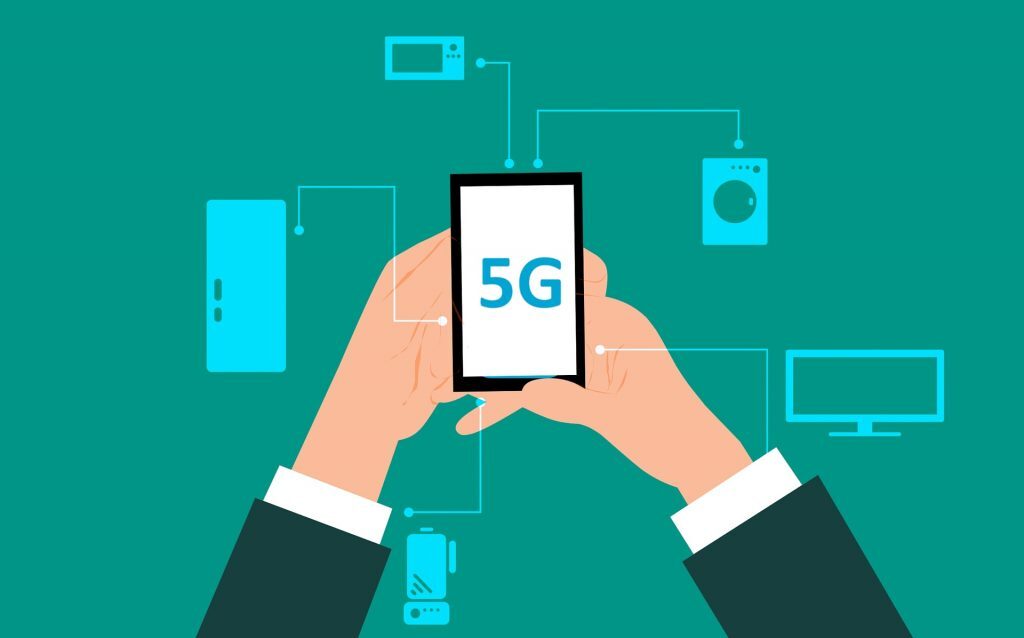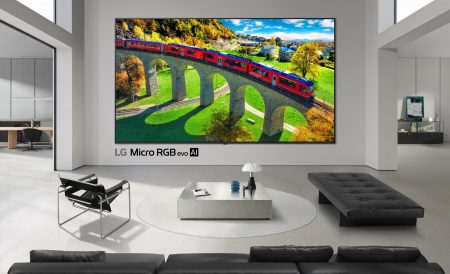For a tech conference hailed as the biggest event in the mobile world, the Mobile World Congress (MWC) has been somewhat unsuccessful at producing as many wow moments as we would have liked to see over the last few years. What used to be arguably the year’s most exciting showcase of new devices (outside of Apple launches) has turned into a parade of new ‘flagship’ devices that all offer essentially the same thing.
With everyone and their mother owning a decent cellphone, a new device with upgraded specs and an improved camera just doesn’t cut it anymore – especially not when it comes with a hefty pricetag. It’s no wonder that this year’s MWC in Barcelona was more about connected mobile ecosystems and their use cases than the devices themselves.
So what stood out the most, especially for South Africans who are more interested in making sense of digital than buying this year’s expensive flagship?
The birth of a 5G ecosystem
If you need reassurance that 5G is all systems go, all you had to do was wander through the halls of the MWC. Many device manufacturers revealed their next generation of 5G-enabled phones, as well as 5G variants of existing models. It wasn’t just market leaders like Samsung and Huawei either – upstarts like Xiaomi presented reasonably priced, mid-ranges devices.
Besides the 5G phone reveals, there were demonstrations everywhere of how the ultrafast networks could be used, from flight simulators to connected beer kegs. ZTE used 5G to power a band of robots to play piano and drums, showcasing the industrial applications, while HTC unveiled its 5G mobile smart hub that can connect 20 users at a time. Perhaps most impressive was the remote surgery performed live, the first in the world to use 5G.
For South Africans, the real news was the announcement from Huawei that it has partnered with Rain to launch the first commercial 5G network in Africa mid-2019. Expect to see major providers following suit with their own rollout plans now that the gauntlet has been thrown down. With ICASA moving forward with assigning spectrum, the pieces are finally falling into place for a 5G ecosystem to emerge in SA.
Augmented reality and the future of work
Mixed reality headsets have had a spotty success rate up to now – remember Google Glass? But MWC reminded us that the technology has a huge role to play in our lives, just not in the way many predicted. First, forget pure VR – it’s AR that’s the game-changer: allowing us to overlay digital and physical. Second, it is enterprise and industrial use cases – not consumer ones – that are driving the adoption of the technology.
Nowhere was that more clear than the launch of the Microsoft HoloLens 2, aimed squarely at the enterprise market. Microsoft demonstrated a variety of possible workplace uses across a range of industries: auto manufacturing, industrial equipment repair and healthcare, among others. It’s a natural progression – we’ve already seen enterprises and governments alike incorporate the original HoloLens into their businesses. Ford has been using it to streamline its car design process, while the US Army partnered with Microsoft to start using AR headsets in training and on the field.
Besides the device itself, Microsoft is also rolling out HoloLens-specific development tools, mirroring its approach to Azure as an enabler of other services rather than a product. If the trajectory is anything like Azure’s, you can expect to see AR devices proliferate in the workplace long before they hit the electronics store shelves.
“The new medium is just the beginning of experiencing what’s possible when you connect the digital world to the physical world to transform how we work, learn and play,” Satya Nadella said, neatly summing up the revolutionary potential of not just AR, but any interface that allows for new ways of connecting the two.
Hold ‘em or fold ‘em
I’ve been a bit harsh about the devices launched at MWC, but there was one big exception. The flexible Huawei Mate X stole the show, like the cellphone version of Cirque du Soleil. Sure, part of that was how we haven’t seen anything as cool as the impressive foldable OLED screen in a while, but don’t make the mistake of thinking it’s novelty that has the tech world excited.
The Mate X is part phone and part tablet, depending on which way it bends. Yes, it has a bunch of next gen features like AI and 5G, but it’s the way it creates a more immersive user interface that’s never been seen before that’s really revolutionary. This isn’t just a fancy phablet – it’s an entirely new way of engaging with the digital world that no other device offers.
Just as the jump from feature phones to touch-enabled smartphones opened up a whole new world of uses and applications, foldable phones have the potential to do the same. Like virtual headsets, voice assistants and 3D printers, it needs an ecosystem to truly realise that potential, but that’s where the opportunity lies.
The big lesson out of this year’s MWC is that the future isn’t in the device – it’s in the networks, interfaces and applications that enable us to – as Nadella said – work, learn, and play differently. It’s up to us as businesses to discover what those are.



